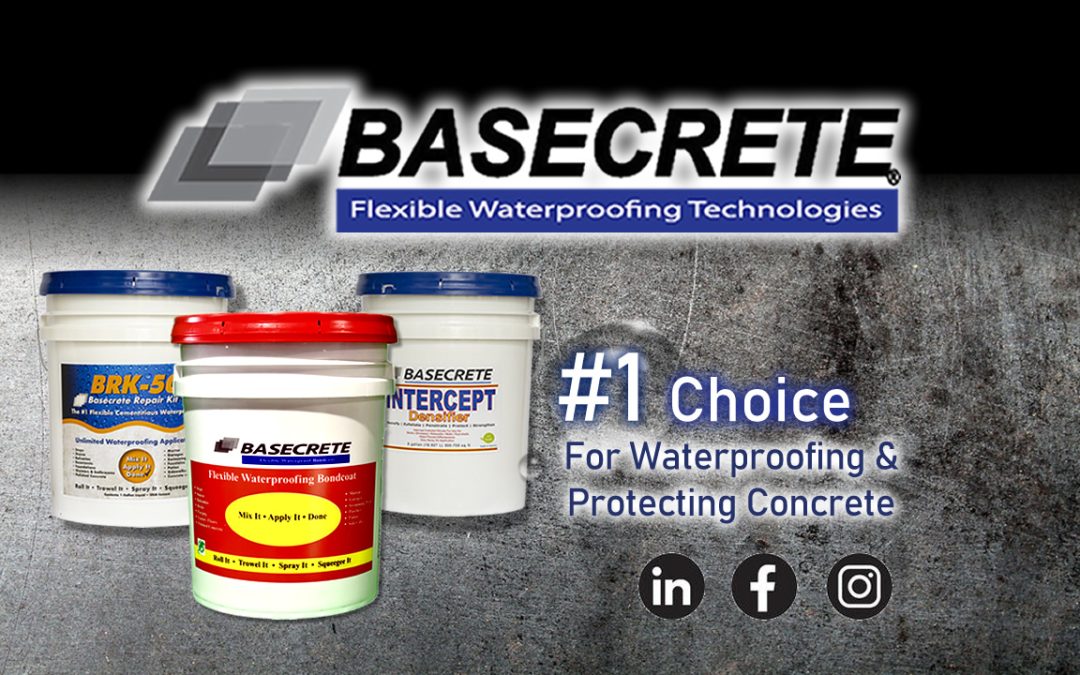BRK-50 Can Fix Any Cracked Concrete – Simple to apply and guaranteed waterproof for 10yrs.
Here are several common causes of concrete cracks. Here are some of the primary reasons why concrete can develop cracks:
- Plastic Shrinkage: This type of cracking occurs when concrete is still in its plastic state (before it has hardened) and loses moisture rapidly. It often happens due to high temperatures, low humidity, or windy conditions. The cracks typically appear as shallow, random patterns on the surface.
- Drying Shrinkage: Concrete undergoes a drying process as it cures, during which it loses moisture and shrinks. If the shrinkage is restrained by internal or external factors (such as reinforcement, adjacent structures, or improper curing), it can lead to cracking.
- Thermal Changes: Concrete expands and contracts with temperature fluctuations. If the temperature differentials are significant, the resulting movement can cause cracks. For example, rapid heating and cooling, as well as freeze-thaw cycles in cold climates, can induce thermal cracking.
- Settlement and Soil Movement: Uneven settlement of the underlying soil or movement caused by geological factors can exert pressure on the concrete, leading to cracks. Differential settlement occurs when the soil beneath the concrete slab is not uniformly compacted or has varying load-bearing capacity.
- Overloading or Overstressing: Excessive loads or applied stresses beyond the design capacity of the concrete can cause it to crack. This can happen due to heavy vehicles, improper structural design, or unexpected dynamic forces.
- Chemical Reactions: Certain chemical reactions can cause concrete to crack. For instance, alkali-silica reaction (ASR) occurs when reactive minerals in aggregates react with alkalis present in the cement, resulting in expansive gel formation and subsequent cracking.
- Corrosion of Reinforcement: When the steel reinforcement within concrete corrodes, it can expand and cause the surrounding concrete to crack. This typically happens when moisture and oxygen reach the reinforcement, leading to rust formation and subsequent cracking.
- Construction and Design Issues: Poor construction practices, inadequate joint spacing, insufficient reinforcement, improper curing techniques, or flawed design can all contribute to concrete cracking. These factors may weaken the structure and make it more susceptible to cracking.
It’s important to note that a combination of these factors or multiple factors occurring simultaneously can lead to more severe cracking. Proper construction techniques, appropriate mix design, and regular maintenance can help minimize the occurrence and severity of concrete cracks. If a crack in your concrete does occur, make sure that you consider using BRK-50 or Basecrete for larger crack repair jobs.

